Q. What are some common Japanese words that use the kanji 刹, and what do they mean?
→ The kanji 刹 (satsu) is often associated with Buddhist philosophy and carries meanings like “temple,” “sacred place,” and even “a fleeting moment.” Common expressions such as 刹那 (setsuna), 古刹 (kosatsu), and 名刹 (meisatsu) reflect ideas of impermanence, time, and spiritual significance. In this article, we explore these powerful words and the emotions they evoke.
There are moments that slip through your fingers — too brief to hold, too beautiful to forget.
In Japanese, the kanji 刹 (satsu) quietly captures that kind of feeling.
It’s not a common character you’ll see every day, but when it appears, it always carries weight. You’ll find it in poetic expressions like 刹那 (setsuna), meaning a fleeting moment, or in words like 古刹 (kosatsu), referring to temples that have stood still in time.
This kanji doesn’t scream.
It lingers — like the memory of something you didn’t realize was precious until it passed.
What I love about 刹 is that it speaks to impermanence — a concept deeply woven into Japanese culture, from cherry blossoms to farewell poems.
Whether it’s a fading season, a long-forgotten temple, or a second that changed everything, the words formed with 刹 always seem to carry more than just meaning. They carry emotion.
So today, I want to walk you through some of these words.
Not just their definitions — but the quiet, powerful feelings they hold.
Let’s take a moment to appreciate the kanji 刹 — one beautiful second at a time.
What is 刹? A Kanji That Speaks in Silence
The kanji 刹 (satsu) has a quiet but powerful presence.
It originally came from Sanskrit through Buddhist teachings, where it referred to sacred places like temples or pagodas. In that context, it was a symbol of stillness, reflection, and spiritual grounding.
But over time, 刹 also came to suggest an ending — or even death.
That’s partly because it looks visually similar to 殺 (to kill), and the two share phonetic roots.
So depending on how it’s used, 刹 can evoke either peace or finality.
It might point to a moment so brief it’s already gone.
Or to a place so timeless, it feels like it exists outside the rush of the modern world.
In both cases, it’s a kanji that invites us to slow down —
to notice what we usually pass by, and to feel more deeply in fewer words.
刹那 (Setsuna) – A Moment That Disappears Before You Can Hold It
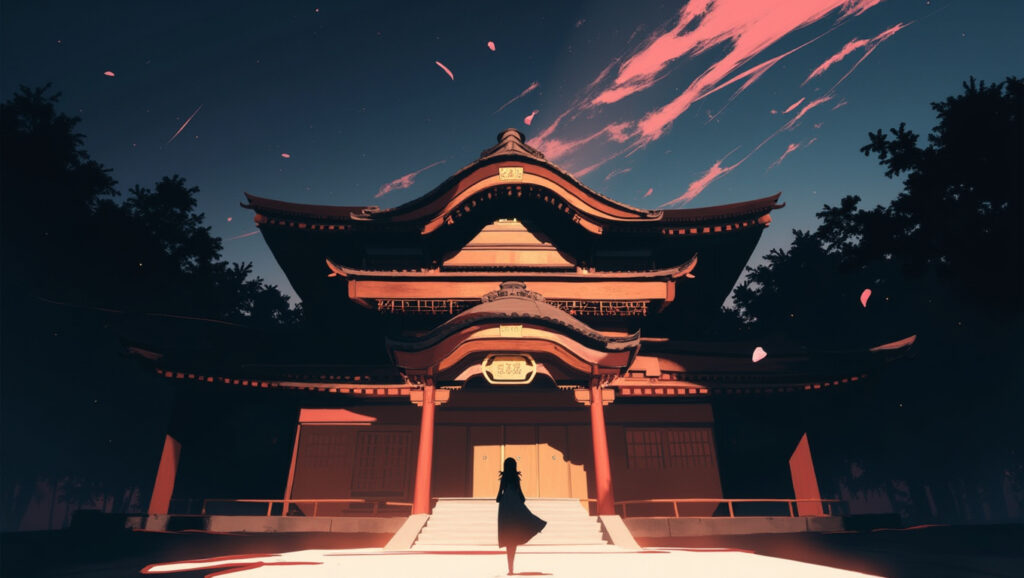
刹那 (setsuna) is one of those words that makes you stop.
In Buddhist philosophy, it refers to the smallest indivisible unit of time — a moment so brief it’s gone the instant it appears. But in modern Japanese, 刹那 has taken on a much more emotional tone.
It’s used to describe moments that vanish almost too quickly to process.
Moments that hit your heart and then dissolve.
Like the last train leaving the platform.
Like the look someone gave you before they turned away.
Like the last note of a song that still lingers in the air.
You’ll often find 刹那 in literature, poetry, and song lyrics — whenever there’s a need to express the beauty of impermanence.
“That summer evening felt eternal… even though it lasted only a 刹那.”
For many, especially those who love Japanese aesthetics, 刹那 is a favorite kanji to tattoo or wear — because it says so much, with so little.
古刹 & 名刹 – Temples That Carry Time
While 刹 can represent something fleeting like a moment, it can also represent something that endures — like a temple that has watched over generations.
Two powerful examples are:
- 古刹 (kosatsu) — “old temple,” often used to describe temples with deep historical roots.
- 名刹 (meisatsu) — “famous temple,” known for spiritual significance or cultural value.
You’ll find these words in travel writing, tourism brochures, and sometimes even manga or anime when the setting calls for something mystical or ancient.
What’s beautiful about these words is that they don’t just describe a building — they carry the atmosphere around it.
The silence. The wind in the trees. The soft crunch of gravel under your feet.
When we say 古刹, we’re not just talking about age — we’re talking about stillness, presence, and stories that never needed to be told out loud.
名刹, on the other hand, adds a sense of reverence — the kind of temple people travel hours to visit, not just out of interest, but out of respect.
刹鬼 (Sakki) – The Shadow Side of 刹
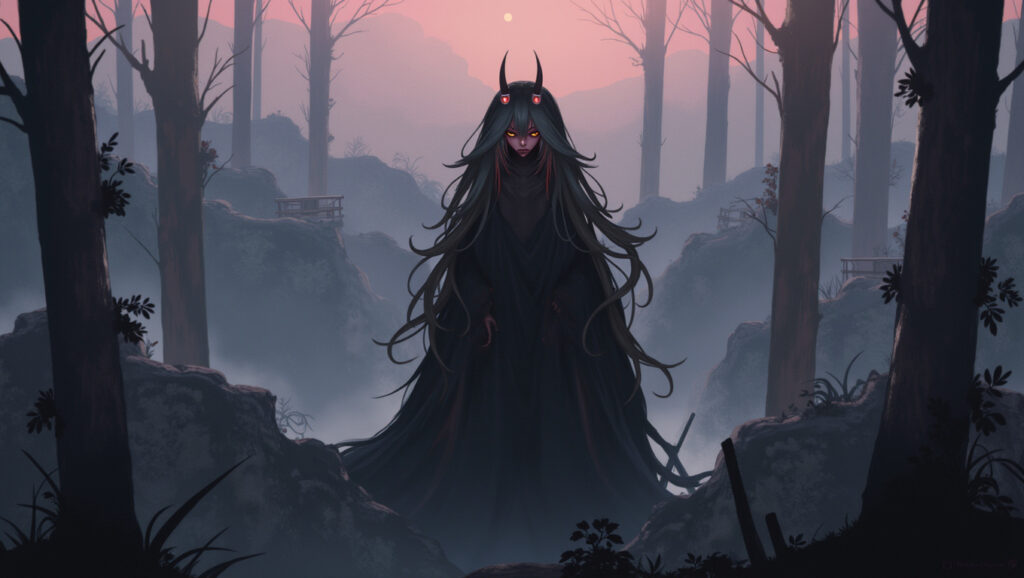
Not every word that uses 刹 is peaceful or poetic.
One lesser-known term is 刹鬼 (sakki) — a compound of 刹 (to kill, to end) and 鬼 (demon, spirit). It’s not a word you’ll see in daily conversation, but it appears in classical literature, religious texts, and dark fantasy stories.
In some Buddhist or Onmyōdō (Japanese esoteric cosmology) contexts, 刹鬼 refers to destructive spirits — chaotic forces tied to violence, death, or unrest.
Unlike 刹那 or 古刹, which invite reflection, 刹鬼 stirs unease.
It reminds us that not all silence is peaceful, and not all endings are gentle.
Still, there’s value in understanding this darker nuance.
It shows how rich and layered the kanji 刹 can be — balancing beauty with shadow, serenity with threat.
刹 as a Feeling – Why These Words Stick With You
Why do words with 刹 stay with us?
It’s not just the meanings — it’s the feeling they carry.
刹 speaks to something deeply human: the awareness that nothing lasts forever.
In 刹那, we see beauty in a fleeting moment.
In 古刹, we feel time settling into stillness.
In 刹鬼, we’re reminded that some endings come with fear or chaos.
The kanji 刹 invites us to pause.
To feel the moment before it disappears.
To stand still in a place where thousands have prayed before us.
To reflect on what has ended — and why it mattered.
It’s a kanji that doesn’t explain.
It simply reminds.
And maybe, that’s why it lingers in the heart long after the moment has passed.
Related Words You Might Love
If you felt something in the words with 刹, you might also enjoy exploring:
- 刹那的 (setsunateki) – fleeting, momentary, short-lived
- 霊刹 (reisatsu) – spiritually powerful temple or shrine
- 瞬間 (shunkan) – a moment, more neutral and commonly used
- 儚い (hakanai) – fragile, transient, destined to fade
Each of these words touches on the beauty of impermanence — a central theme in Japanese aesthetics, literature, and philosophy.
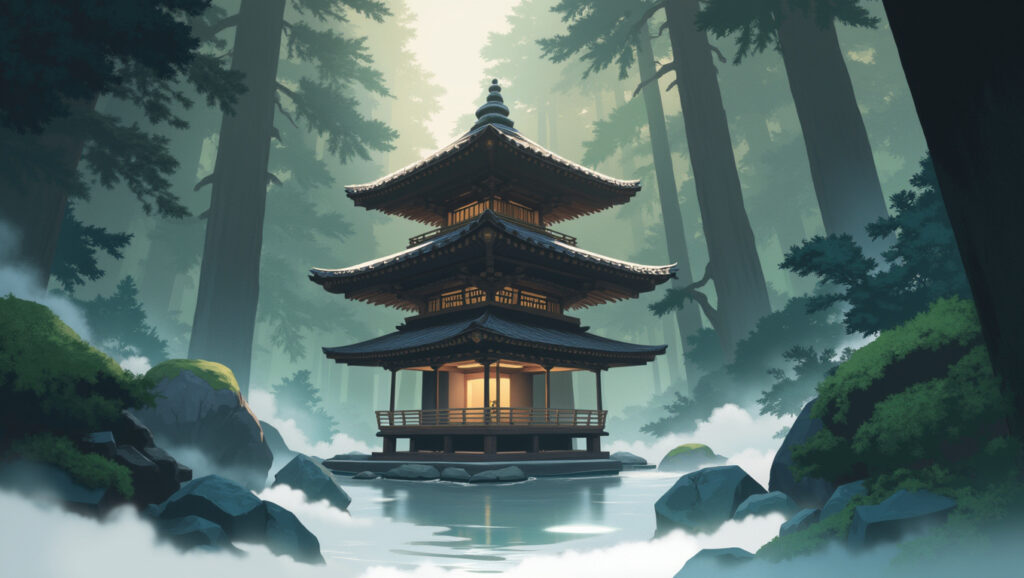
💬 Final Thought
刹 is not a kanji we use every day — but maybe that’s the point.
It appears when something matters.
When something ends.
When a place, or a moment, carries more than words can say.
If you’ve ever loved someone who slipped away,
stood in a temple where time felt frozen,
or felt your heart break during a single breath of music —
you already know what 刹 means.
You didn’t have to learn it.
You lived it.
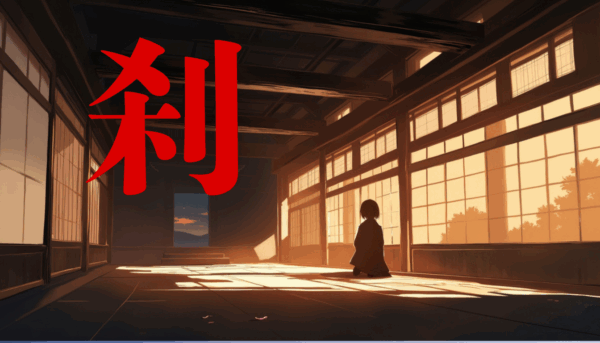

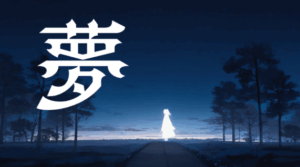
Comments